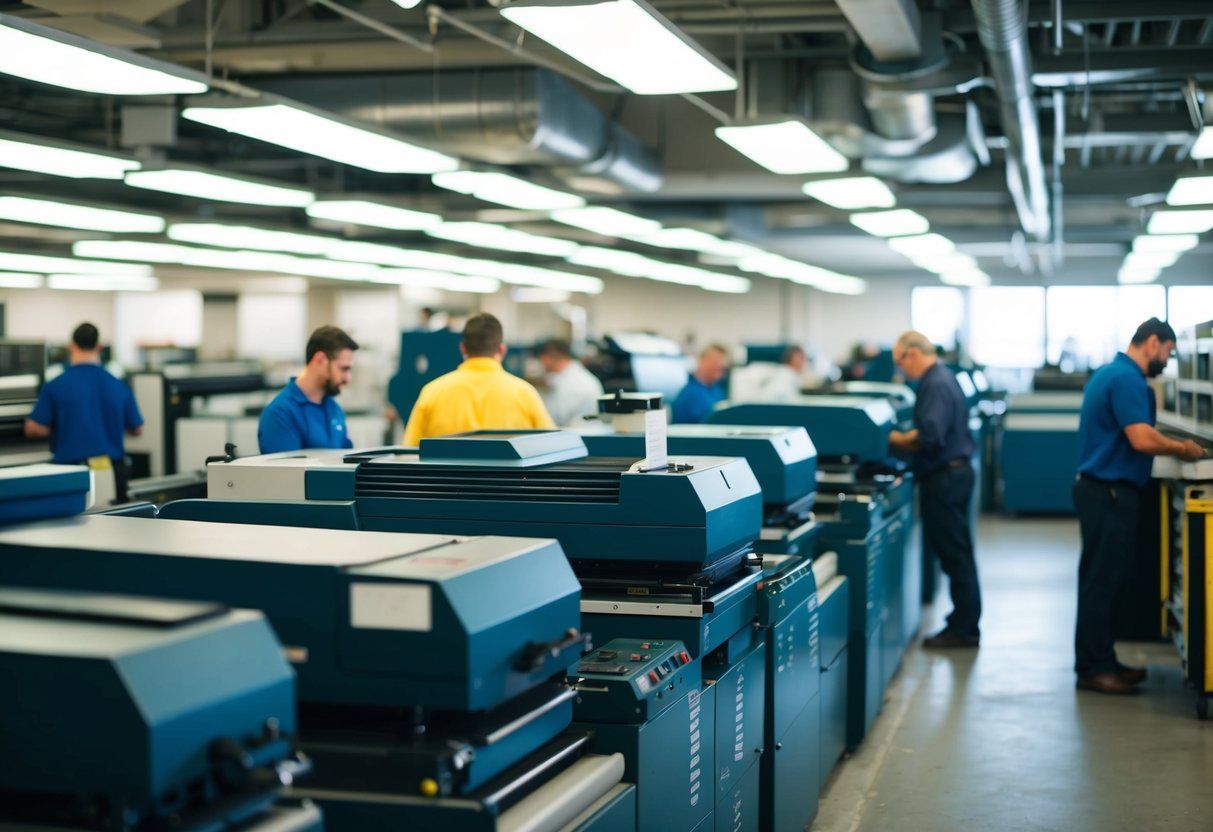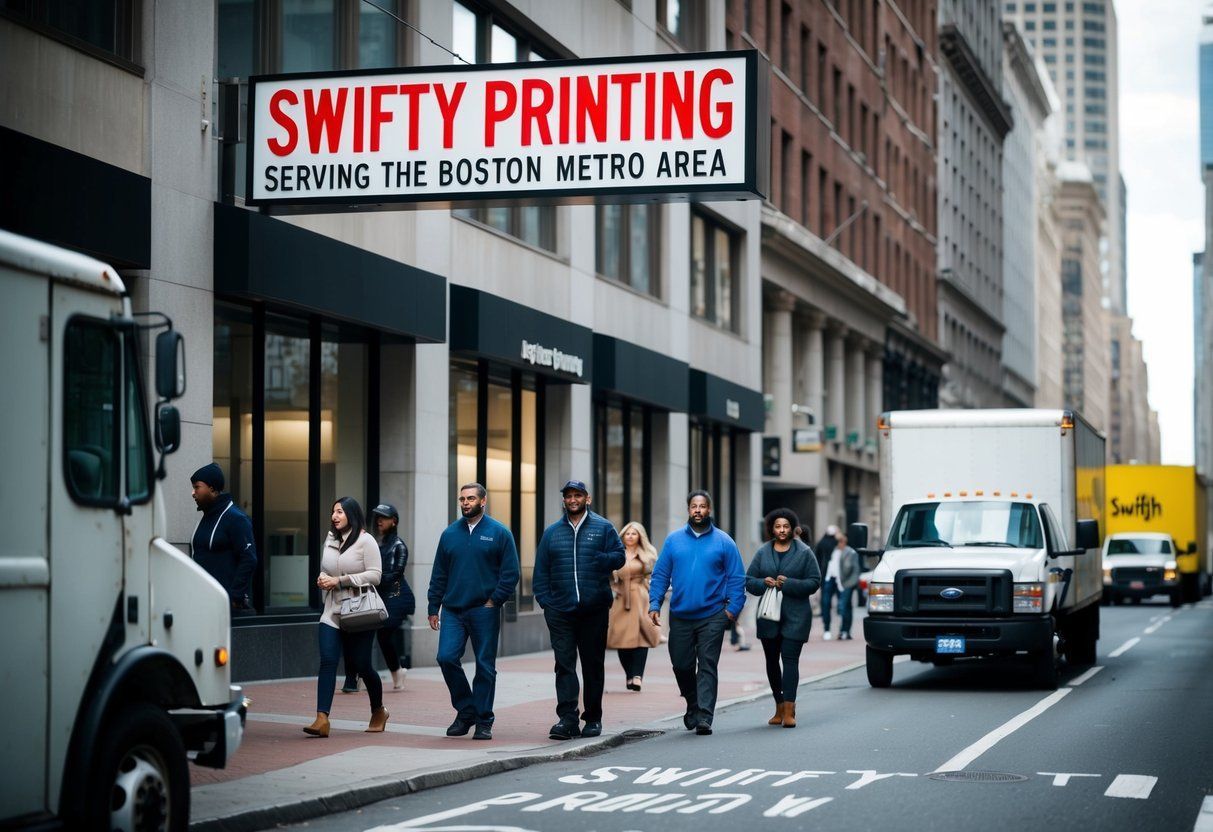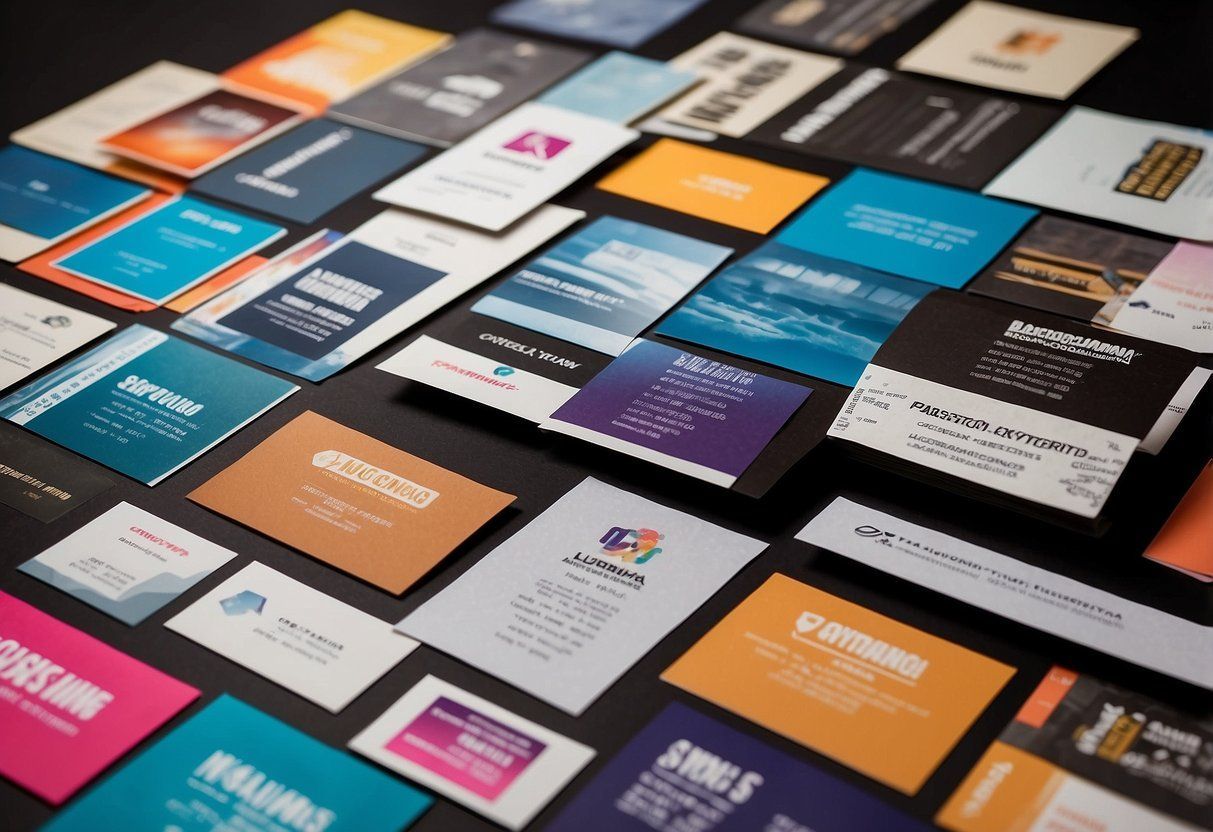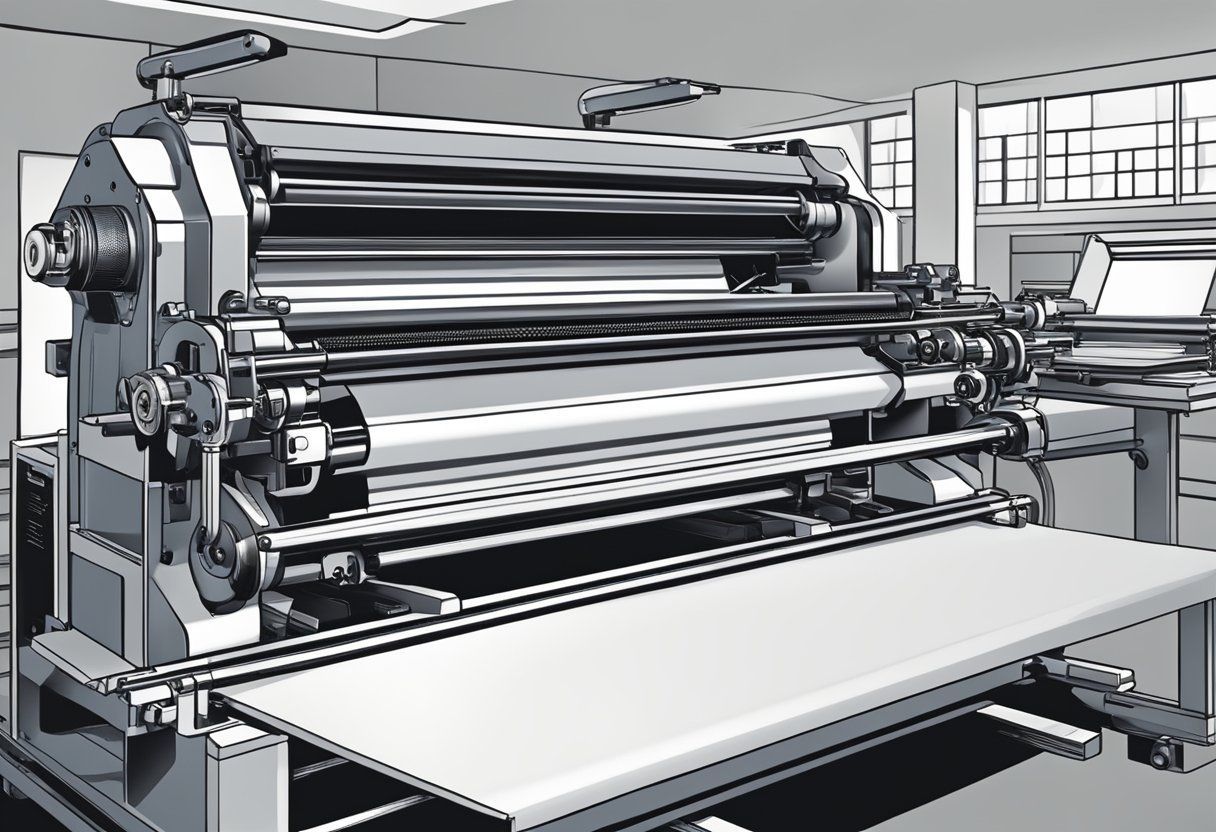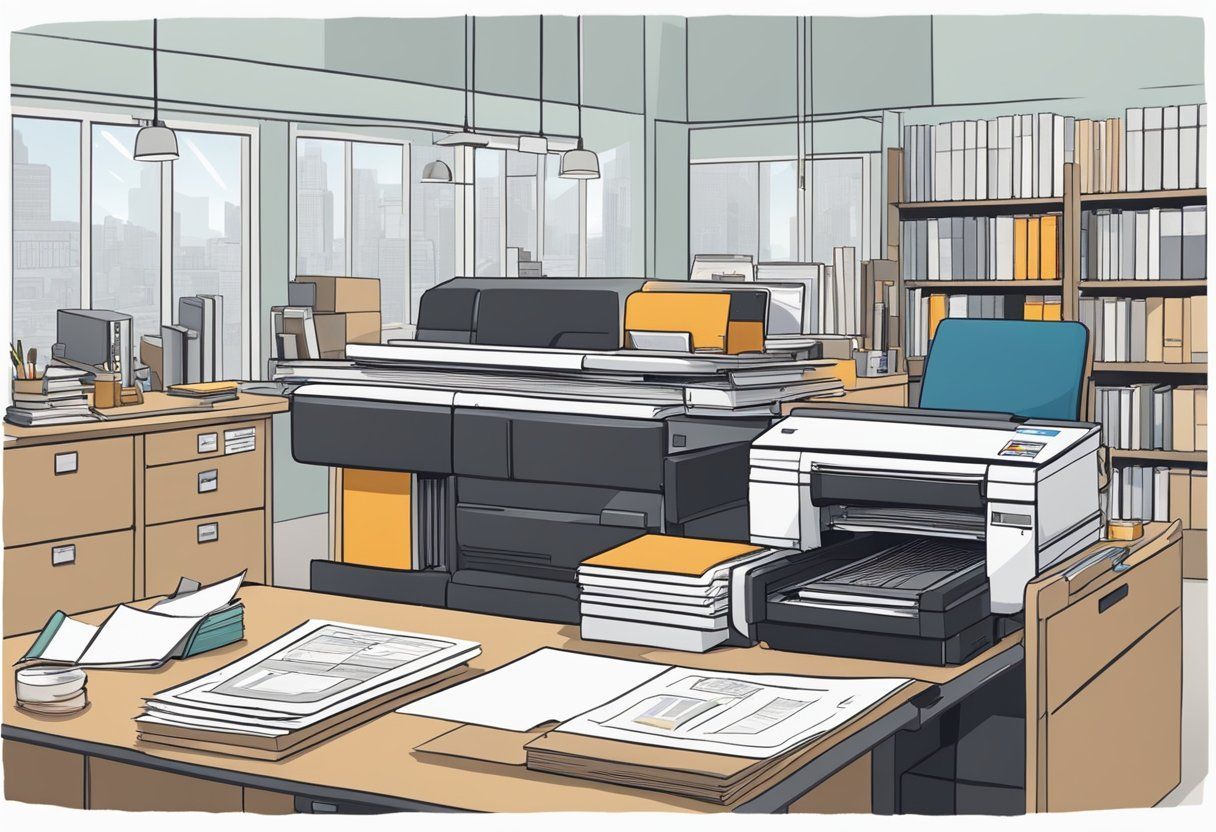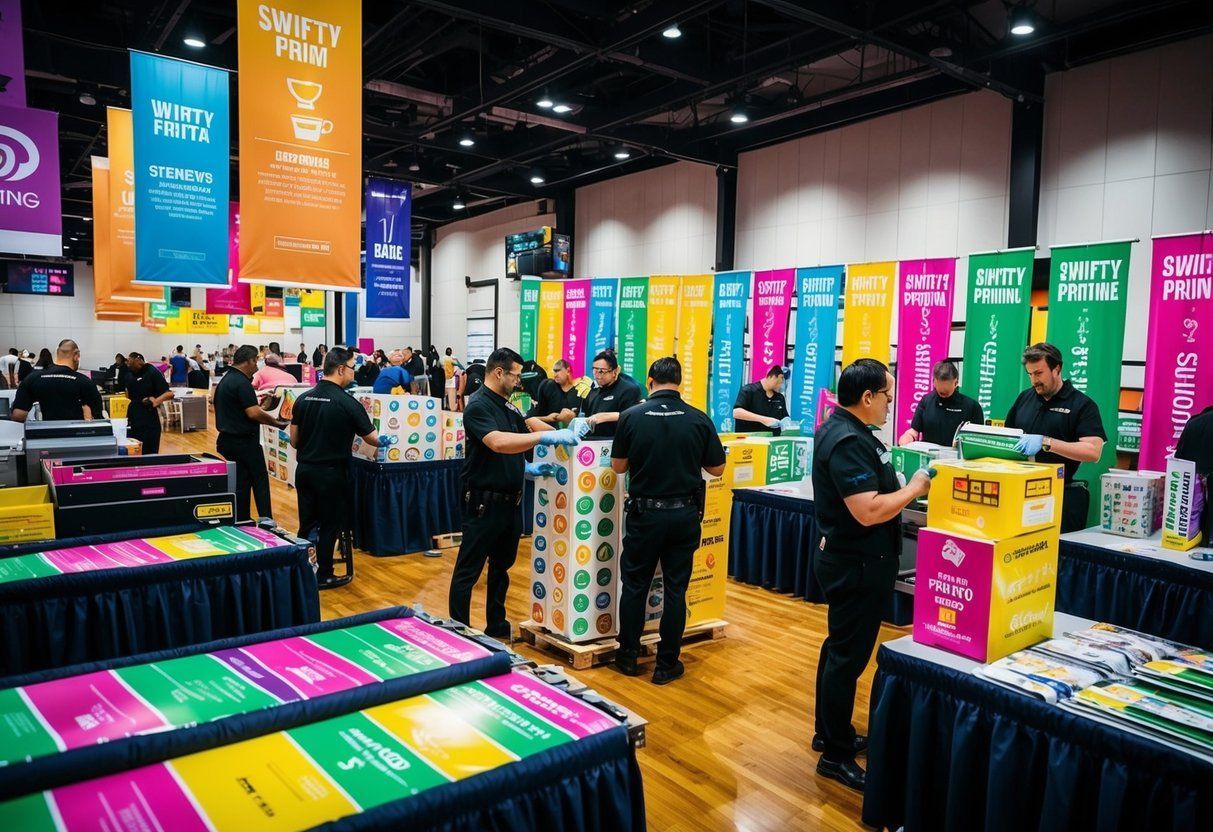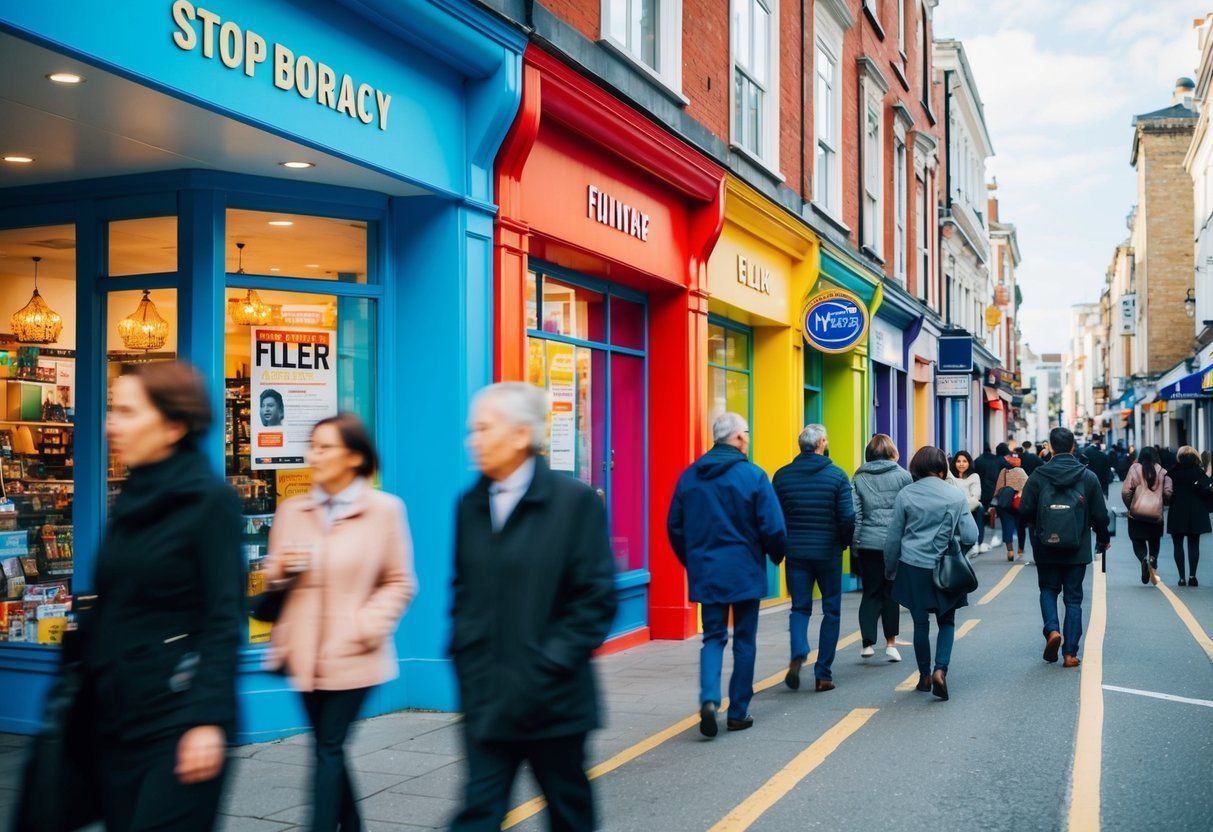Flyer Printing Tips & Tricks: Maximizing Impact and Efficiency
In the realm of marketing tools, flyers stand as a testament to the enduring power of print media . As an effective flyer catches the eye and delivers a clear message, mastering the art of flyer printing can significantly enhance an organization’s outreach efforts. Whether distributing handouts in a busy street or stacking them in key locations, the flyer remains a direct line of communication between a business and its potential customers. From conveying event details to announcing new services, this physical marketing medium packs a punch in generating interest and sparking action.
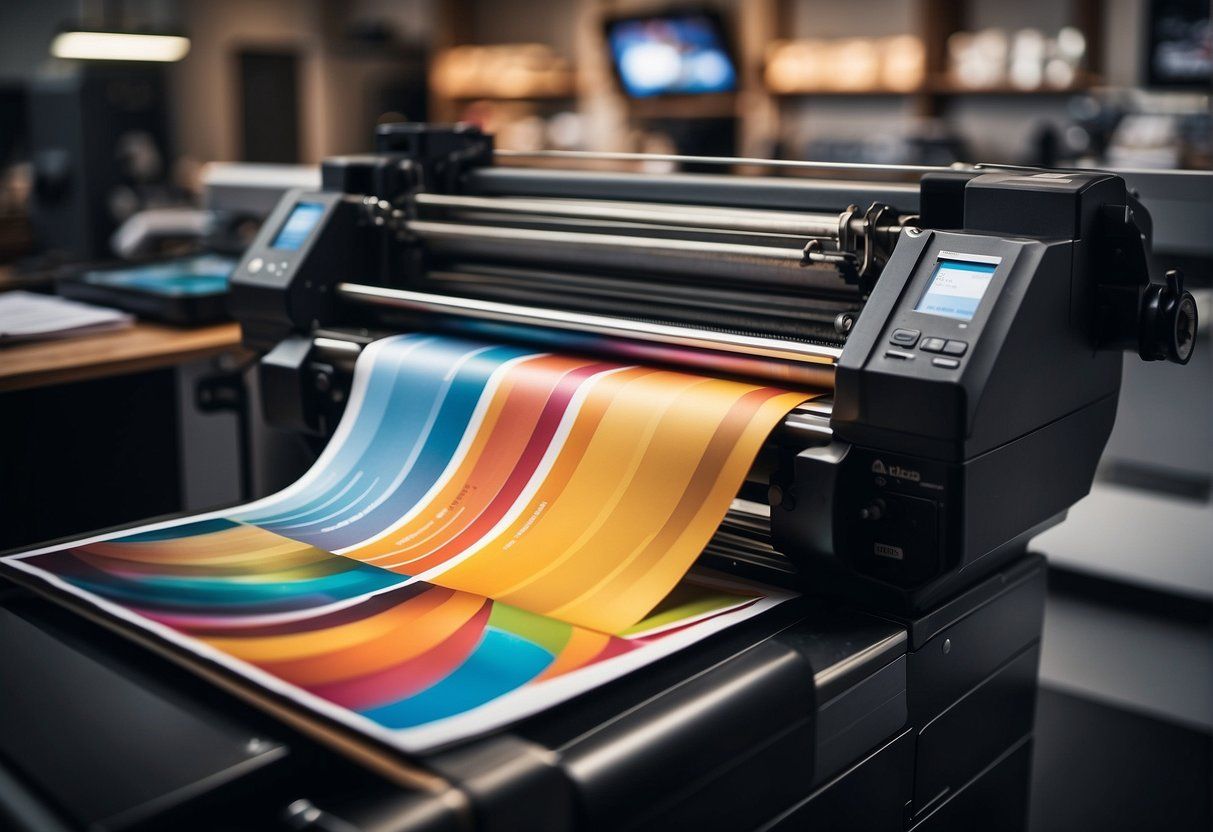
To ensure the maximum impact of a flyer, certain considerations are key. Content that engages, a design that captivates , and quality that impresses are the cornerstones of successful flyer printing. The process starts long before ink meets paper—it begins with understanding the purpose of the flyer, segmenting the target audience, and crafting a message that resonates. Choosing the right size, paper quality, and design template further amplifies the flyer’s effectiveness. Moreover, leveraging digital resources for design and employing professional standards in printing can transform a simple flyer into a compelling marketing asset .
Key Takeaways
- Effective flyers combine engaging content with high-quality print.
- Professionalism in design and printing enhances flyer impact.
- Flyers serve as a direct and potent marketing tool for audience engagement.
Understanding Flyer Design Basics
Effective flyer design requires a strategic combination of compelling visuals and clear messaging . The visual appeal draws the audience in, while a succinct message communicates your brand’s offer. Below are foundational elements to consider when crafting a design that resonates with your intended audience.
Importance of a Clear Message
In flyer design, the message should be immediately clear to the viewer. They must understand the purpose of the flyer within seconds of glancing at it. A clear goal guides the design process and ensures that every element serves to communicate that message effectively to the target audience.
Selecting the Right Color Scheme
Colors are not merely decorative; they convey emotions and can significantly impact how the message is received. The use of color psychology helps to evoke the right emotional response and attract the intended audience . Consistent, brand-aligned colors should dominate the flyer to maintain brand consistency .
Choosing Fonts and Layout
Fonts and typography choices are crucial as they affect legibility and how the information is received. Readable fonts with appropriate sizes establish a hierarchy that guides the viewer’s eye through the flyer. The layout should facilitate a clear path for reading, ensuring key information is seen first.
Incorporating High-Quality Images
High-resolution, high-quality images serve as attention-grabbing elements. They also enhance professionalism and brand trust. Visuals, when selected judiciously, complement the flyer’s message and brand identity , providing immediate context to the viewer.
Brand Consistency
Every flyer is a brand ambassador . Consistent use of the brand’s logo , colors, and design elements reinforces brand identity across all marketing materials. This consistency creates a professional image and helps build recognition and trust with the audience.
Creating Engaging Content
To craft an effective flyer, one must prioritize content that resonates with the target audience and prompts action. This requires a balance of compelling headlines, succinct information, and a persuasive call to action.
Crafting a Catchy Headline
A flyer’s headline is paramount—it must be immediately attention-grabbing . It should tap into the readers’ interests or needs, offering a promise that the rest of the content delivers on. A catchy headline uses powerful, emotive words to draw in the target audience, making them want to learn more.
Concise and Relevant Information
The body of the flyer needs to communicate the message with clarity and brevity . Bullet points can effectively present key details without overwhelming the reader. They should cover:
- What? Briefly describe the product, service, or event.
- Why? Highlight the benefits or value proposition.
- How? Provide necessary details on how to access the offer.
Adding a Strong Call to Action
Finally, a flyer must conclude with a strong call to action (CTA). This is a clear directive to the readers, guiding them towards the next steps, whether it’s making a purchase, visiting a website, or attending an event. The CTA should be direct, using action verbs that encourage immediate response and making it easy for the target audience to engage with the marketing strategy.
Choosing the Right Flyer Size and Templates
Selecting the appropriate flyer size and a professional template is crucial for effective communication and visual impact. These elements ensure the flyer design is both attention-grabbing and functionally disseminable.
Standard Flyer Sizes
Resolution and Sizing : Always design flyers at a high-resolution (300 DPI) to ensure clarity when printed, and remember to account for full bleed in your layout to avoid unprinted edges.
Utilizing Professional Templates
Each template choice should align with the flyer’s purpose, the intended audience, and the distribution method. Professional templates can also help ensure that designs are scalable to different sizes if needed, allowing flexibility for various marketing strategies.
Tips for Effective Flyer Printing
When planning an effective flyer printing campaign, one must ensure that the printing process focuses on high-quality results to create a professional and trustworthy impression. Specific aspects such as paper stock, bleed and trim, and careful proofreading play crucial roles in achieving a successful flyer marketing campaign.
Selecting Appropriate Paper Stock
Choosing the right paper stock is essential for making your flyer feel professional and to leave a lasting impression . Thick, glossy paper often conveys a sense of quality and durability, while a matte finish can provide an elegant and sophisticated look. It’s vital to select a high-quality paper stock that aligns with the flyer’s purpose and audience expectations.
Understanding Bleed and Trim
Incorporating bleed and trim areas into the layout ensures that no important elements are cut off during the printing process. The bleed is the portion of the design that extends past the edge of the page, while trim is the final size of the flyer. Maintaining consistent margins allows for a neat and professional layout , safeguarding against unprofessional results.
Proofreading for Errors
Before sending a flyer to print, meticulous proofreading is vital. Any typos or grammatical errors can diminish the trustworthiness of the content and appear unprofessional. One should rigorously check for errors to ensure the text is accurate and clear, which bolsters the flyer’s ability to make a lasting impression on the target audience.
Distributing Your Flyer
When launching a flyer distribution campaign, the effectiveness hinges on reaching the right people in the right places. It’s crucial to make informed decisions on who your target demographic is and what distribution channels will best reach them.
Identifying Your Target Demographic
Effective flyer distribution starts with an in-depth understanding of who the target demographic is. Businesses must pinpoint characteristics such as age, location, interests, and habits of their ideal customers. For events , this involves understanding the kind of audience the event appeals to, whether it’s local families, young professionals, or students. A laser-focused targeting strategy ensures that the marketing message resonates with those most likely to engage with the business or event.
Choosing Distribution Channels
Once the target audience is defined, selecting the right distribution channels is the next critical step. Options include:
- Public and Community Areas : Placing flyers where the target demographic frequents can lead to high visibility. For instance, local businesses might opt for areas with a high volume of foot traffic such as shopping centers or parks.
- Direct Handouts : Engaging directly with potential customers can be impactful, especially in busy streets or during events.
- High-Traffic Venues : Keeping a stack of flyers at venues like cafes, gyms, or libraries can attract the attention of patrons.
- Door-to-Door Delivery : For local community targeting, delivering flyers directly to homes or vehicles can be highly effective, particularly when promoting neighborhood services or local events.
Making use of these channels with precision will enhance the reach of the distribution effort, making each flyer more likely to convert interest into action.
Analyzing and Measuring Success
To accurately gauge the effectiveness of a flyer campaign, it is crucial to assess both the design’s impact and the level of customer engagement. By meticulously analyzing these elements, businesses can refine their marketing strategies, ensuring resources are employed for maximum return against competition.
Evaluating Design Impact
The design of a flyer is the first line of contact with the target audience and plays a decisive role in the campaign’s success. One must ensure the flyer is unique and memorable , standing out from competition through a visually appealing layout. It should clearly incorporate a call-to-action and make contact information readily accessible. Employing eye-tracking software or conducting focus groups can help determine how effective the design is in directing viewers’ attention to critical elements.
Tracking Customer Engagement
When measurement comes into play, tracking how customers interact with your flyer is essential to determine its impact as part of your marketing strategy . Businesses should monitor key performance indicators such as redemption rates of flyer coupons, increase in inquiries following distribution, and website traffic spikes correlating with the campaign. Additionally, unique URLs or QR codes can be included on flyers to track online engagement directly related to the physical marketing efforts. Monitoring these metrics provides insights into what extent the flyer spurred customer engagement.
By closely observing these factors, businesses can assess what resources contribute to an effective strategy and adjust their approach to remain competitive and successful in future campaigns.
Advantages of Flyer Advertising
Flyer advertising provides a unique blend of benefits for businesses, from affordability to personal touches that build brand identity. Utilizing flyers in marketing strategies effectively taps into both the practical and psychological aspects of advertising.
Cost-Efficiency and Versatility
Flyers are a cost-effective means of advertising, offering a broad reach to audiences at a low expense. They are inexpensive to produce and distribute, making them a highly accessible marketing tool for businesses of any size. Flyers also come with the versatility to be distributed in various ways, be it direct mail, insertions in newspapers, or handed out in high traffic areas, allowing brands to target specific demographics based on the location and method of distribution.
Building Trust with Your Audience
Printed materials often create a sense of credibility and trust among consumers. Flyers can be designed to match a company’s brand identity , projecting the personality and values that resonate with the target audience . Simple, eye-catching designs with clear messaging can make the business seem more trustworthy and relatable, thus fostering a sense of connection and confidence in potential customers.
Reinforcing Marketing Efforts
Flyers act as tangible reminders of a business and its services, reinforcing other digital marketing efforts. When integrated with a broader marketing campaign , flyers can remind the audience of an online ad they saw, thus enhancing brand recall. A well-designed flyer not only captures attention but also directs the prospect to other advertising platforms , creating multiple touchpoints that can lead to improved marketing success.
Leveraging Digital Resources

With the rise of digital technology, flyer printing has evolved beyond traditional methods. Designers can take advantage of a suite of online tools and resources to create eye-catching flyers that integrate seamlessly with digital marketing strategies.
Digital Design Tools
Designers have a wealth of digital design tools at their disposal, many of which offer minimalist interfaces and concise toolsets for efficient flyer creation. One notable mention is Adobe Creative Suite, which includes industry-standard applications like Photoshop and Illustrator. These tools empower designers to craft professional-grade flyers with rich visuals and custom layouts.
Online Templates and Platforms
Templates serve as a foundational element for online resources that simplify the design process. Companies such as Canva offer a multitude of online templates that are both customizable and user-friendly, enabling even those with minimal design experience to assemble polished flyers. This approach provides a balance between personalization and convenience, harnessing the power of digital resources without needing extensive designer skills.
Integrating with Online Marketing
A successful flyer is one that complements a brand’s online marketing strategy . Digital marketing tools can be leveraged to connect printed flyer campaigns with online initiatives. QR codes, for example, can be included on flyers printed via services like HP’s printing technology , linking directly to online content or promotions. This strategy creates a cohesive marketing experience that utilizes both print and digital resources .
Ensuring Professionalism in Flyer Design
Professionalism in flyer design is the cornerstone of effective marketing materials. A flyer must not only be eye-catching but also embody the brand it represents with a high degree of quality and clear communication.
Working with Professional Designers
Employing professional designers is a strategic move for businesses aiming to leave a lasting impression. These designers understand the importance of using white space effectively to create a focused message. They often use industry-standard templates and customize them to ensure brand alignment and message clarity. By leveraging their expertise, businesses can ensure that their flyers convey professionalism through every element, from infographics to the overall layout.
Maintaining a High Level of Quality
Quality should never be compromised when it comes to flyer design. Designers must opt for high-resolution images to avoid any pixelation that can occur when the flyer is printed. It’s essential to have a readable and appealing color scheme that resonates with the target audience and enhances the flyer’s visibility. A professional look is achieved through precise attention to detail, such as ensuring all elements are sharp and that the printing medium complements the design, projecting high quality and professionalism throughout.
Frequently Asked Questions
When it comes to designing flyers, the goal is always to create something that stands out and communicates clearly. These FAQs hone in on the essentials for those looking to craft impactful flyers.
What should be the primary focus when designing a flyer to catch attention?
The primary focus should be on creating a compelling headline that is clear and grabs the target audience’s attention, coupled with strategic graphic placement.
Can you provide some essential design principles for creating an effective event flyer?
Essential design principles include maintaining visual hierarchy, using contrasting colors for readability, and including a clear call to action (CTA).
What are some commonly recommended practices for designing professional flyers?
They should keep their designs simple and clutter-free, use high-quality images, and ensure text is proofread for errors for a professional look.
For beginners, what are the basic steps to create a simple yet impactful flyer?
Beginners should define their flyer’s goal, choose a suitable layout, select a focal point image, and incorporate succinct, informative text.
In the context of flyer design, what does and doesn’t work in terms of aesthetic and functionality?
Effective flyer design incorporates balanced white space, legible font choices, and a logical flow of information, while overcrowding and use of multiple conflicting fonts are detrimental.
Which file formats and print settings are ideal to ensure the best quality for printed flyers?
For the best printing quality, one should use high-resolution print-ready file formats like PDF or TIFF, and select proper print settings that align with their printer’s specifications.…
